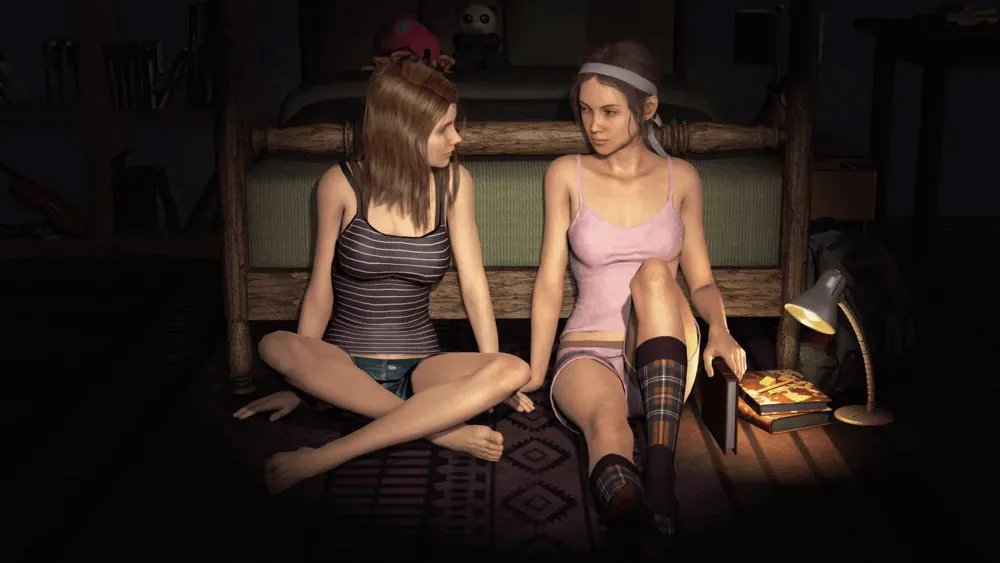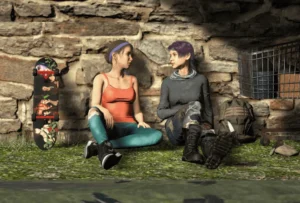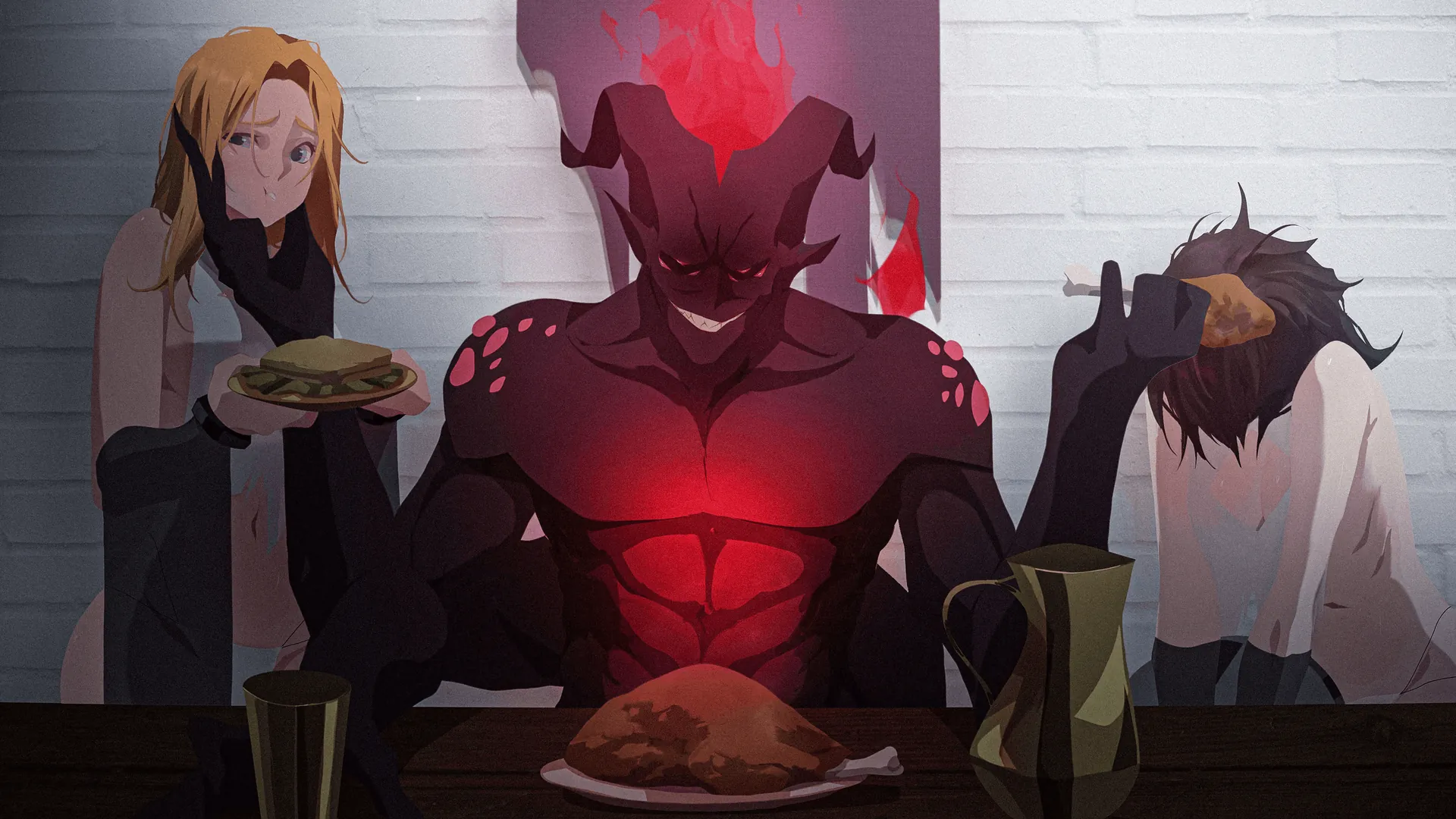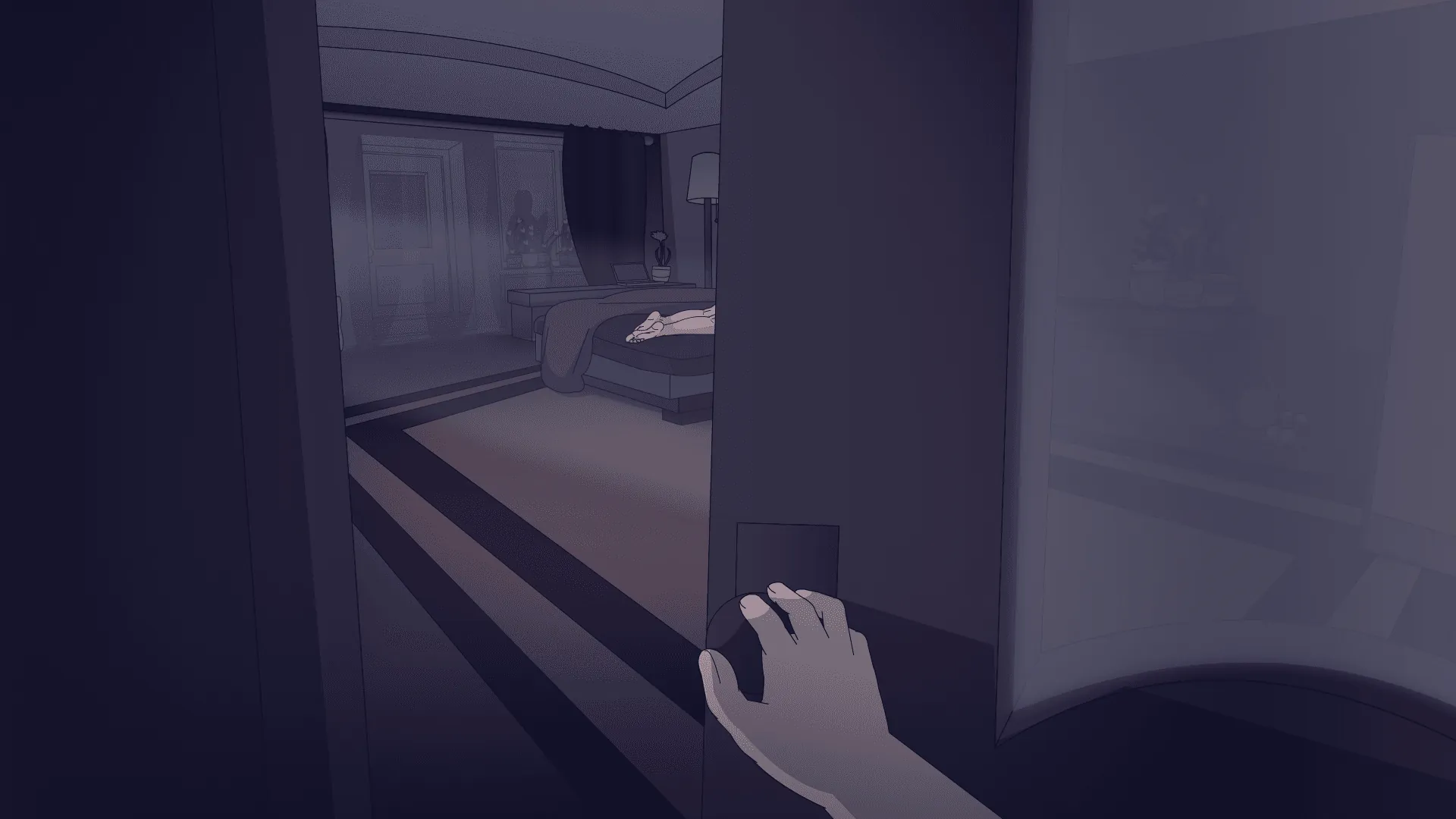
Short Sad Stories
Play Short Sad Stories
Short Sad Stories review
An In-Depth Look at the Narrative and Gameplay of Short Sad Stories
Short Sad Stories is a distinctive interactive experience that combines narrative depth with engaging gameplay. This article explores the game’s core elements, focusing on its storytelling approach, character development, and immersive mechanics. Whether you’re curious about its unique narrative style or want to understand what makes it stand out, this guide offers a comprehensive overview. Dive into the emotional layers and gameplay features that define Short Sad Stories and discover why it resonates with its audience.
Understanding the Narrative and Emotional Depth of Short Sad Stories
What Makes the Storyline Unique?
Let’s cut to the chase: most games shout. Short Sad Stories whispers. 😢 Its narrative structure isn’t about dragons or galactic wars—it’s about the quiet ache of everyday life. What truly sets it apart? Fragmented storytelling. Instead of linear plots, you uncover memories through objects, sounds, and half-finished dialogues. Imagine finding a worn-out teddy bear 🧸 that triggers a flood of voicemails about loss. That’s the Short Sad Stories narrative in action—raw, intimate, and uncomfortably real.
I remember playing one vignette where you control a character packing boxes after a breakup. The gameplay? Just tap items to box them. But each object—a concert ticket, a chipped mug—unlocks a bittersweet memory. 😔 This isn’t just storytelling; it’s emotional archaeology. The unique story elements in Short Sad Stories lie in how it weaponizes simplicity. No villains, no explosions—just human frailty.
💡 Pro tip: Play with headphones. The ambient sounds (rain, distant trains) are secret storytellers.
Here’s why it works:
– Themes: Loneliness, regret, and small acts of courage.
– Pacing: Scenes last 5-10 minutes—like emotional lightning strikes. ⚡
– Silence: What’s not said often hits hardest.
Character Arcs and Emotional Engagement
Forget heroes saving worlds. Here, characters battle inner storms. 🌧️ Take Maya, a nurse drowning in grief. Her arc isn’t about “winning”—it’s about learning to breathe again. The character development in Short Sad Stories thrives on subtlety. You don’t “level up” her stats; you rebuild her spirit through micro-choices. Should she donate her husband’s coat? Keep it? Either way, you feel the weight.
😭 Let me hit you with that key emotional scene I mentioned earlier: The Lakehouse. You play as Leo, an old man revisiting his abandoned vacation home. Gameplay? Just cleaning dust off furniture. But each swipe reveals projections of his late wife laughing in that same room years ago. When you finally open her journal, the cursor shakes uncontrollably. My hands actually trembled. That’s emotional storytelling in games at its peak—where mechanics (cleaning) fuse with metaphor (letting go).
Why does this gut-punch work?
– Imperfection: Characters stutter, forget things, make messy choices.
– Shared Secrets: You discover their flaws with them, not as an outsider.
– Growth Through Small Wins: Maya finally watering a wilted plant? Triumph. 🌱
This interactive story games emotional depth doesn’t just show pain—it makes you complicit.
How the Narrative Shapes Player Experience
Alright, real talk: Ever ugly-cried because of a game mechanic? 💧 That’s Short Sad Stories’ superpower. Its gameplay narrative integration turns mundane actions into emotional landmines. Sorting pills isn’t a “minigame”—it’s a portrait of depression. Why? Because every choice ricochets:
| Gameplay Action | Emotional Payoff |
|---|---|
| Choosing a song on a jukebox | Reveals a character’s buried guilt |
| Watering a dying plant | Mirrors nurturing lost hope |
| Ignoring a phone call | Shows avoidance of grief |
The how does Short Sad Stories story affect players question? Simple: It weaponizes empathy. 😤 You’re not just playing—you’re holding space for strangers’ pain. I once quit mid-scene because Leo’s loneliness felt too familiar. That’s the interactive story games emotional depth at work—it doesn’t entertain; it transforms.
🌟 Try this: Replay a chapter. You’ll notice hidden details (a photo half-torn, a recurring melody) that reframe everything.
The genius? Consequences feel personal, not punitive. Forget “game over” screens—here, forgetting to water a plant just makes the next scene feel emptier. That’s gameplay narrative integration as emotional language.
Wrapping It Up
So why does this tiny game leave crater-sized impacts? 🕳️ Because its Short Sad Stories narrative treats sadness not as a monster to slay, but as a landscape to explore. Its unique story elements in Short Sad Stories—fragmented memories, silent protagonists, mundane-as-sacred tasks—rewrite what games can be. You won’t “beat” it. You’ll survive it. And maybe, like Maya watering that plant, you’ll find something like hope in the wreckage. 🌱💔
✨ Final tip: Let yourself sit in the silence after credits roll. The ache? That’s the point.
Short Sad Stories offers a compelling blend of narrative and gameplay that deeply engages players through its emotional storytelling and character development. Its unique approach to interactive storytelling creates a memorable experience that resonates long after playing. Whether you’re drawn by the story’s depth or the immersive gameplay, this game stands out as a thoughtful and impactful interactive journey. If you’re interested in exploring games that combine narrative richness with player choice, Short Sad Stories is a must-try.









